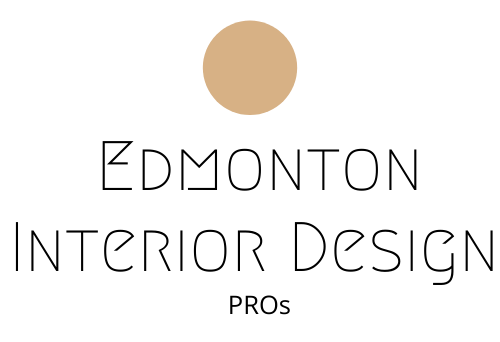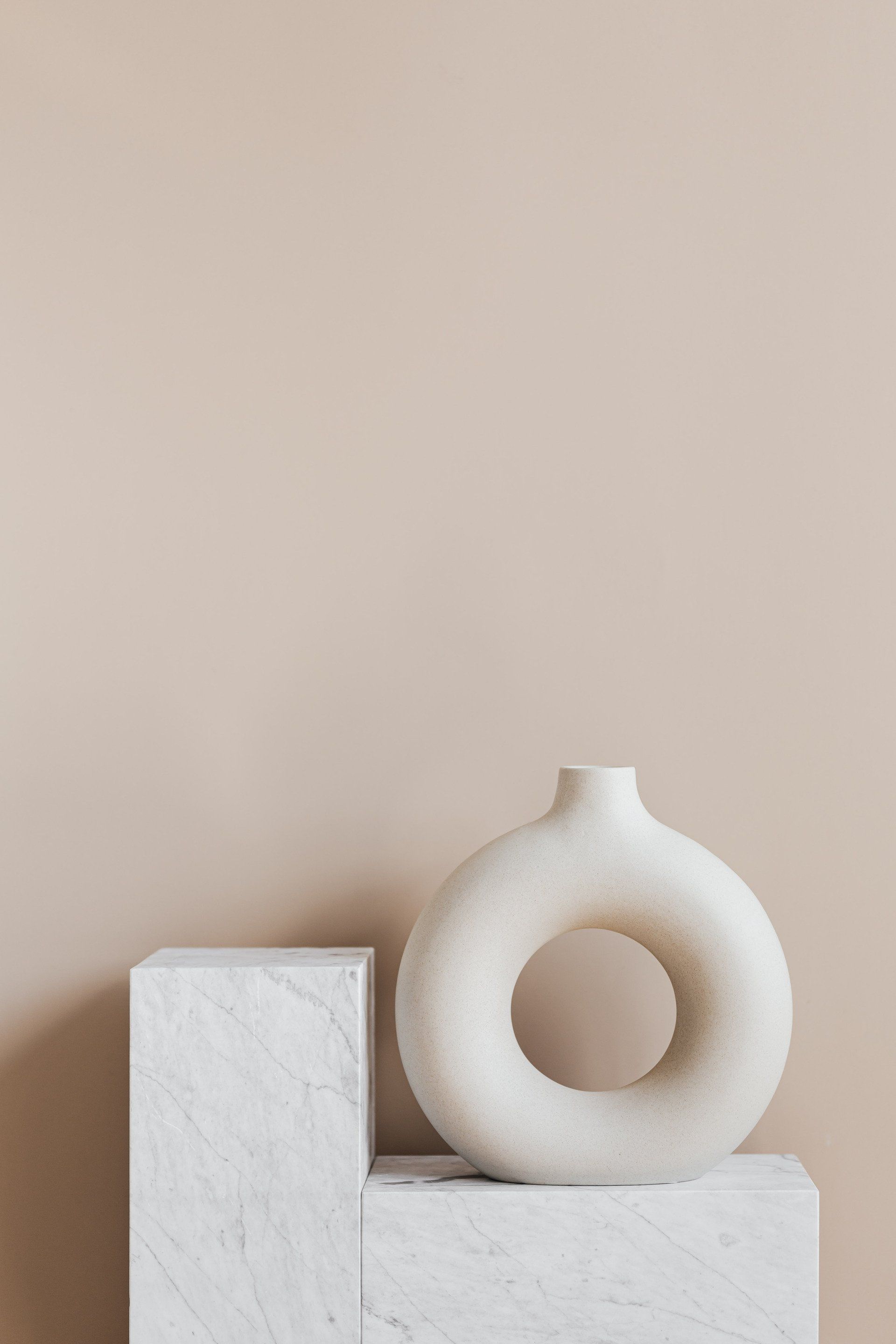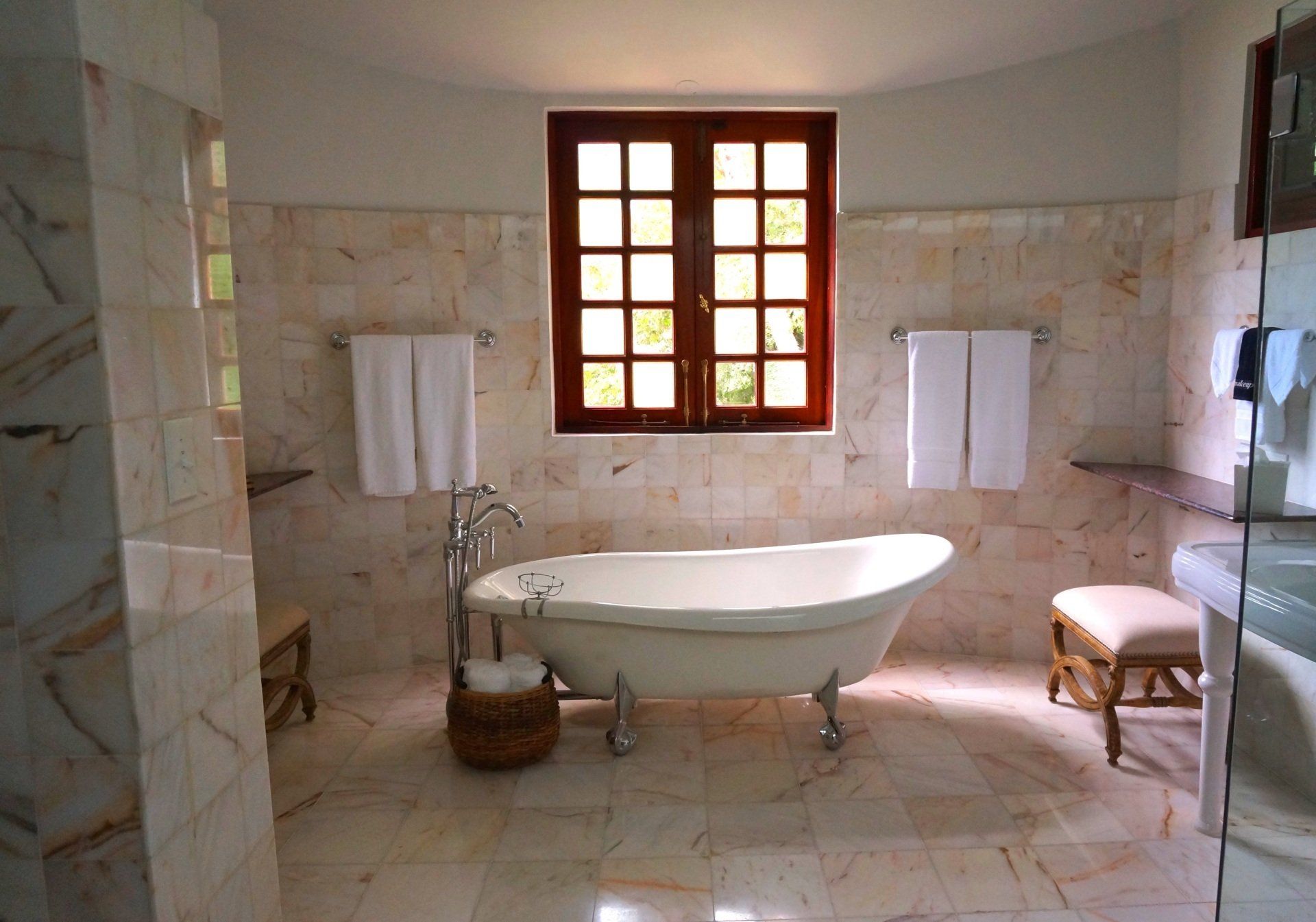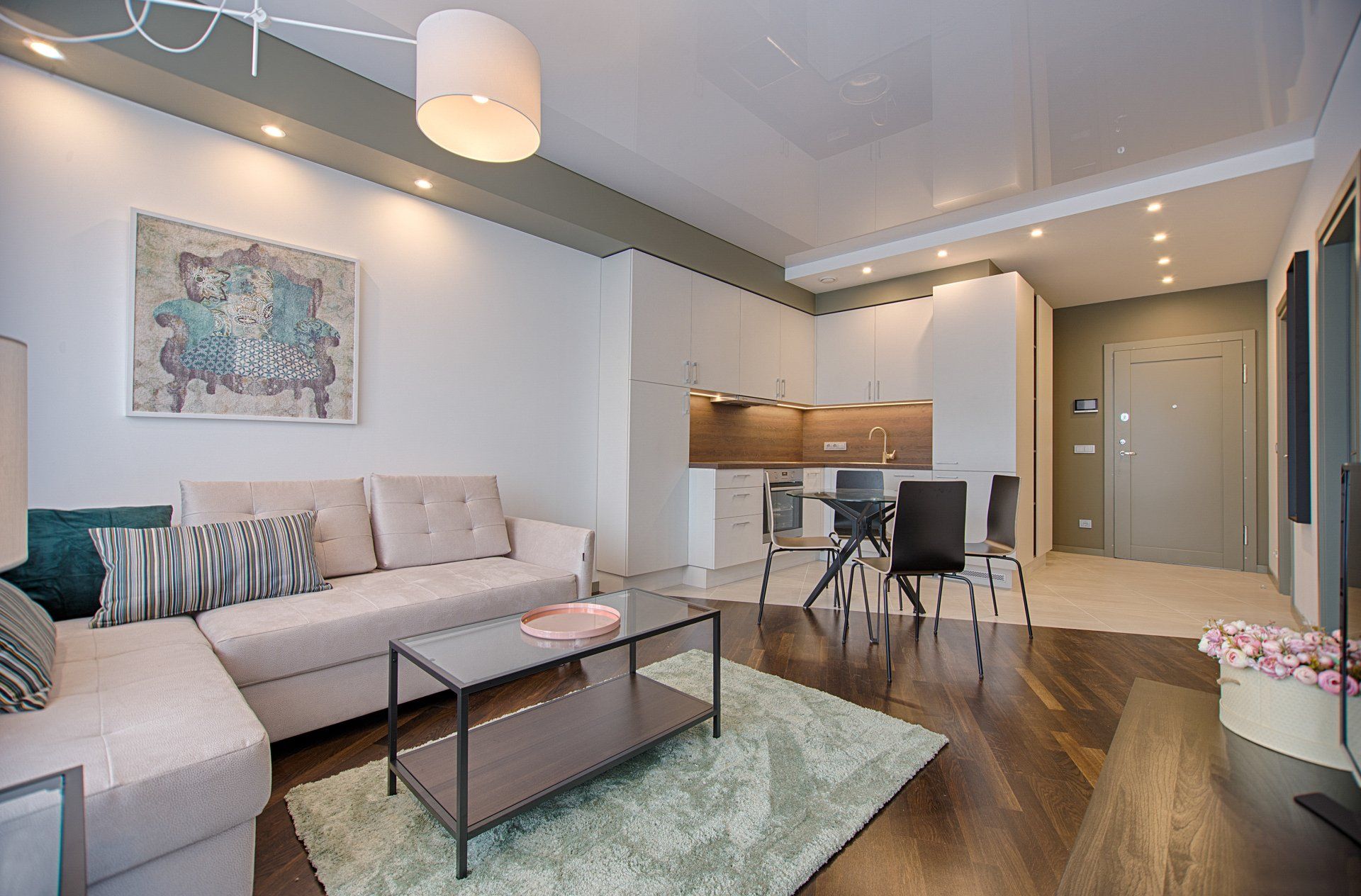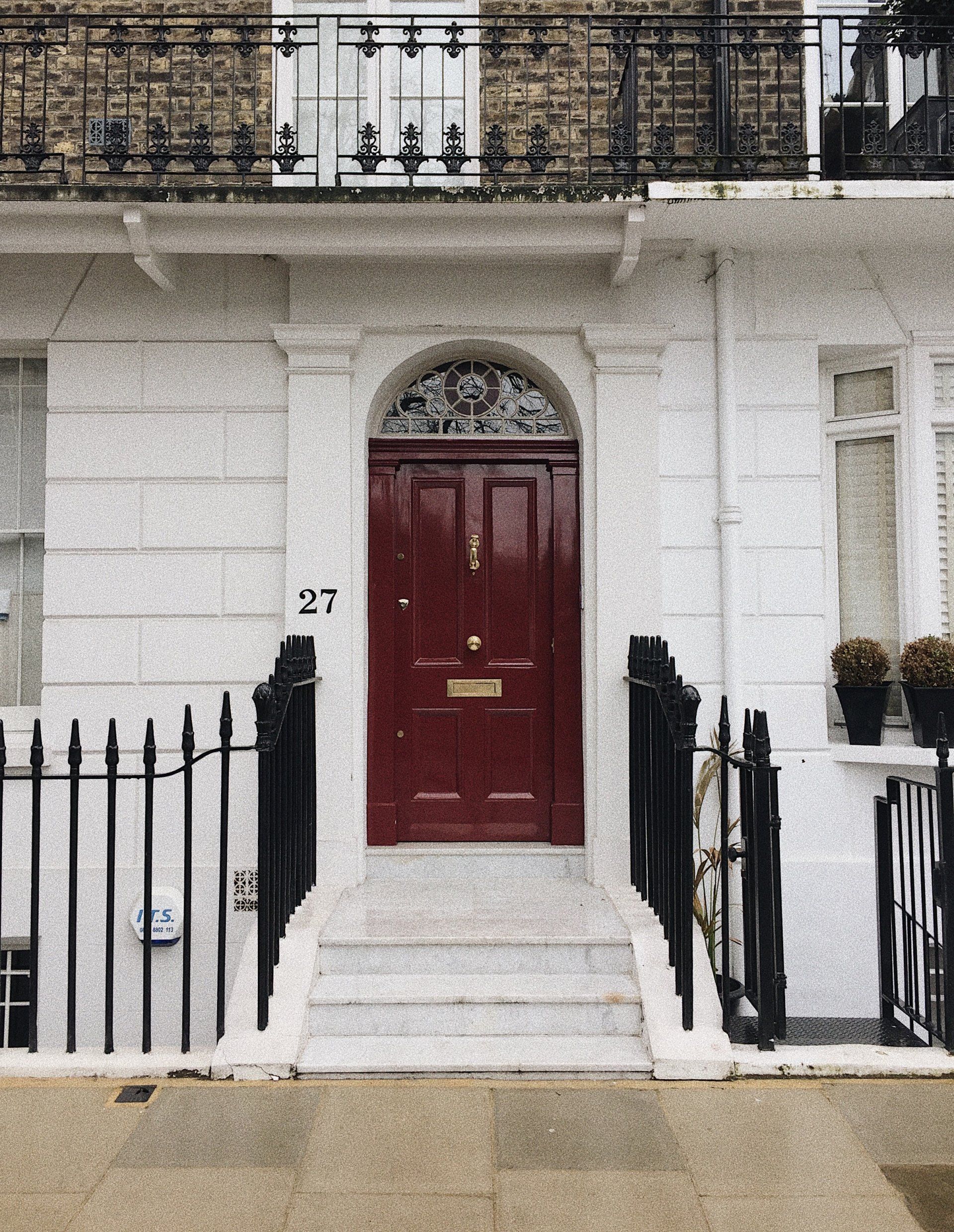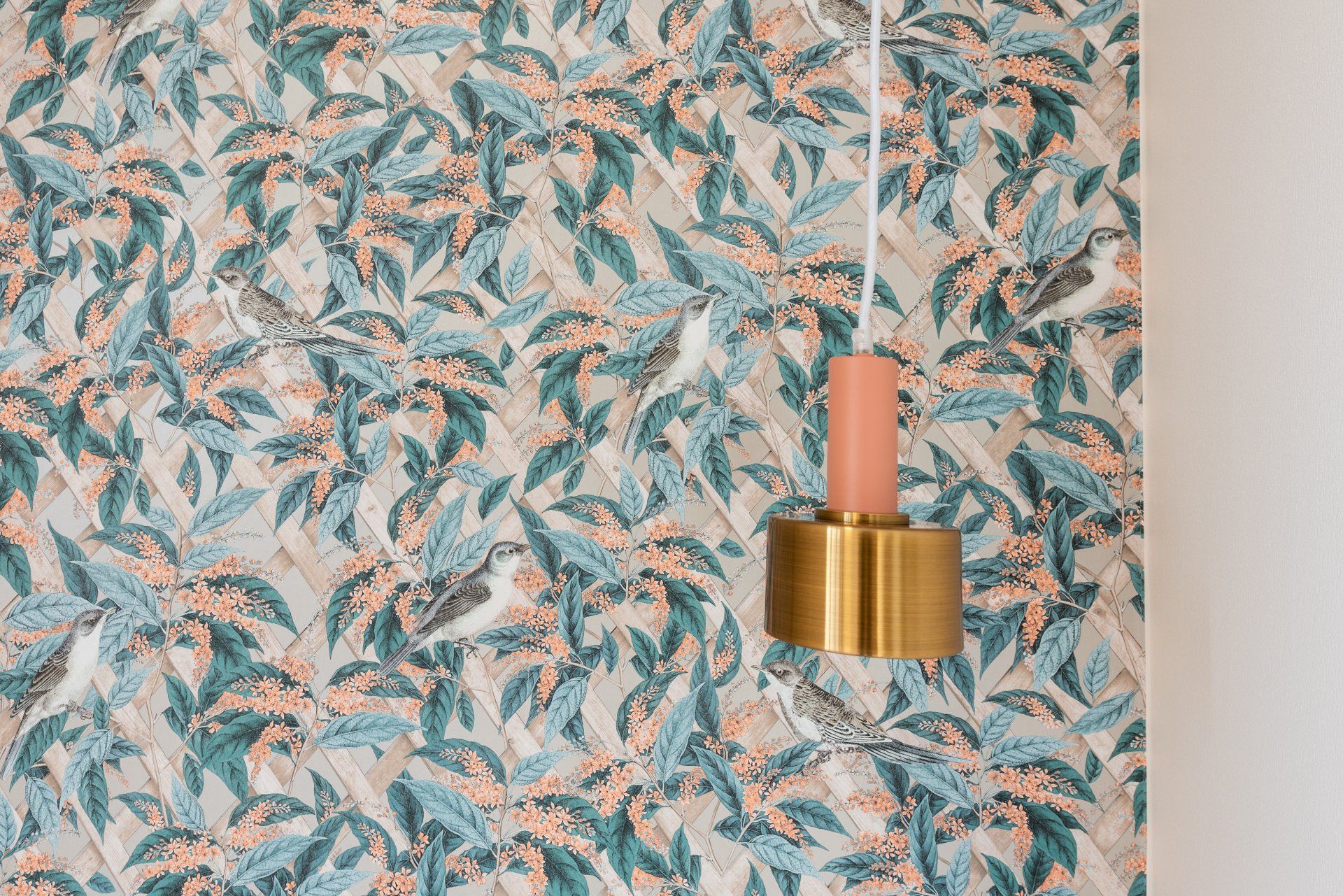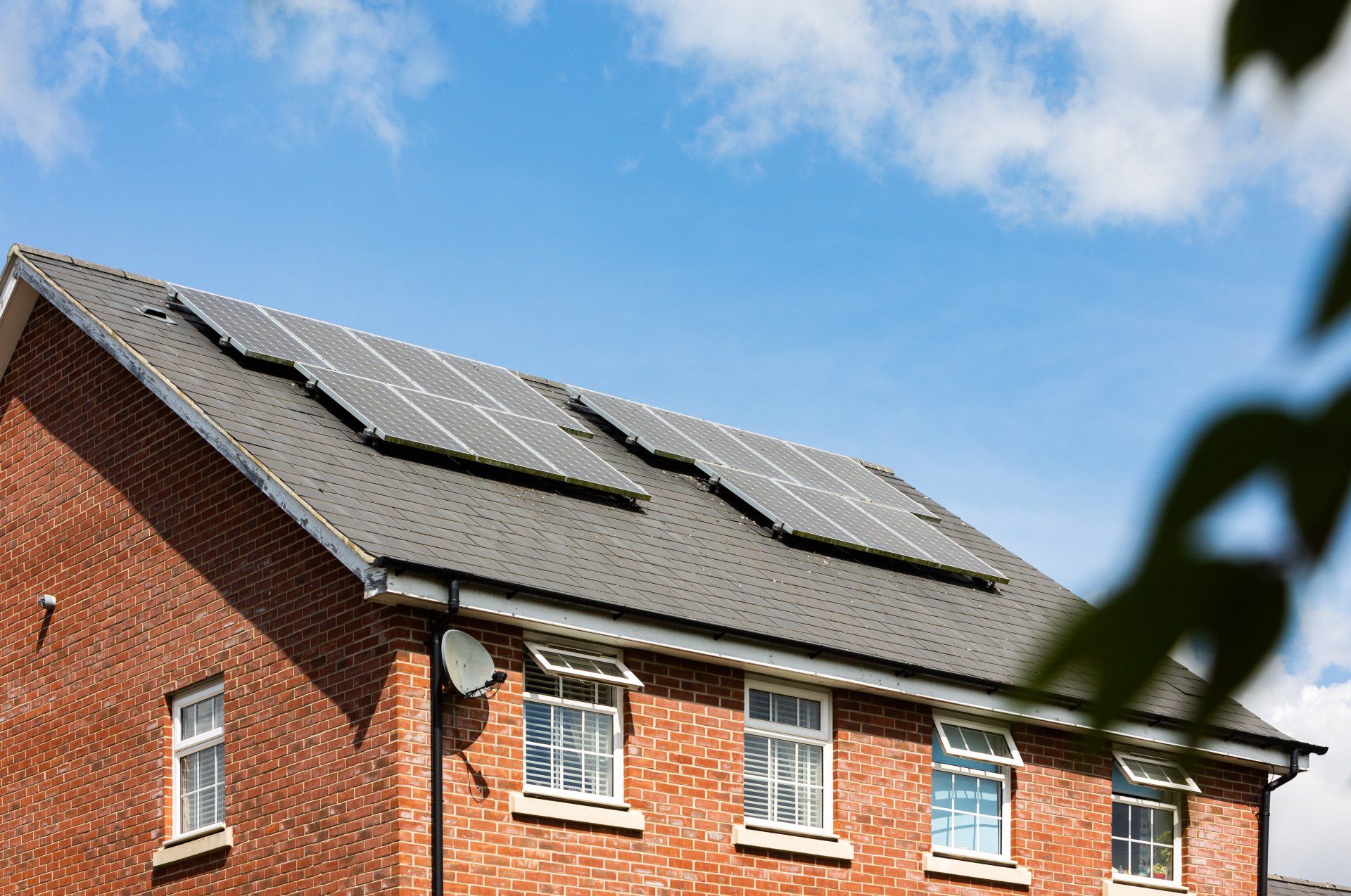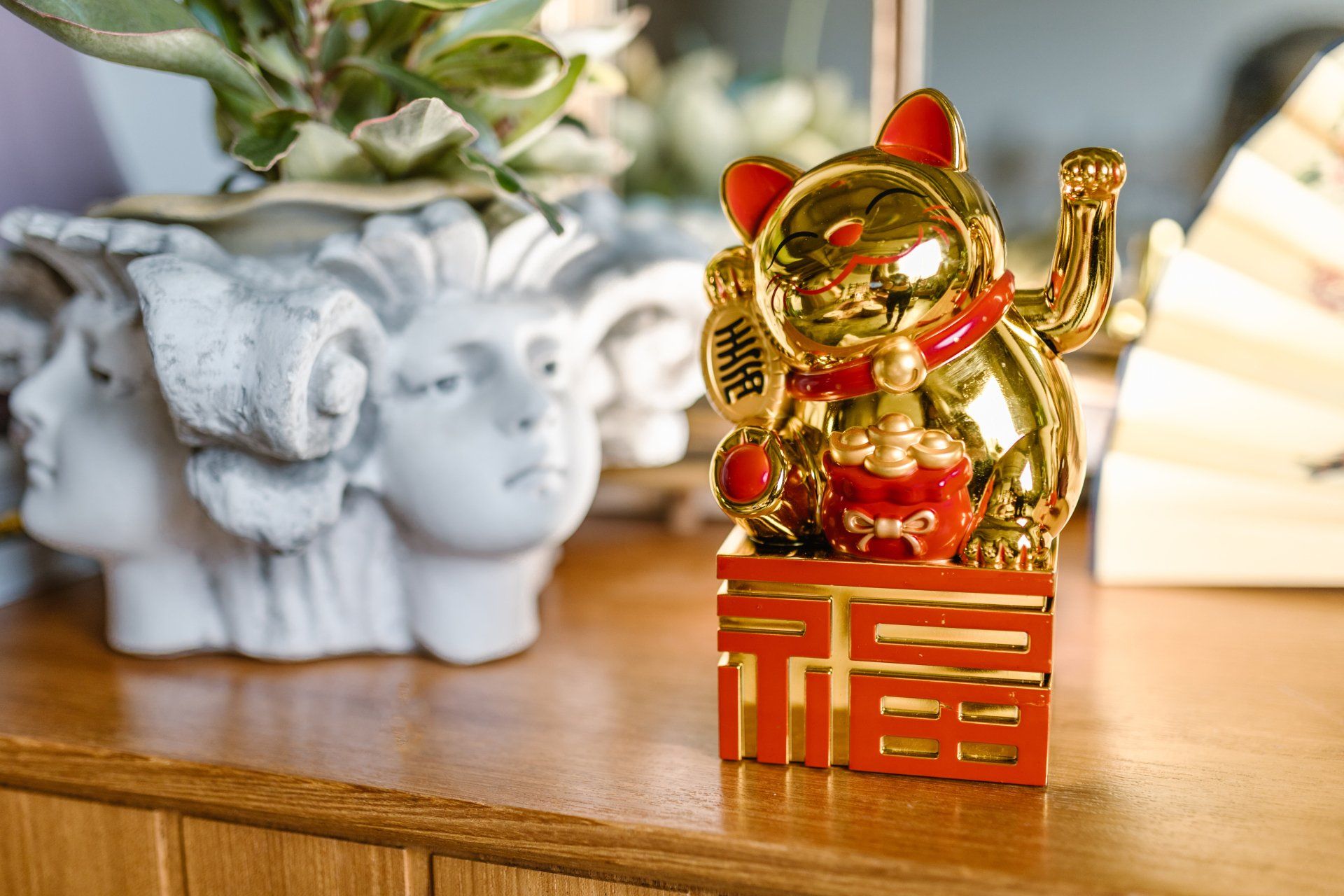Inspiration: Moroccan Interior Design
Inspiration: Moroccan Interior Design
When it comes to deciding on an interior decorating scheme to decorate your house, you have many locations to get inspiration from.
A variety of interior design styles are influenced by various locations and cultures around the globe, creating numerous options to create an aesthetically appealing, distinctive living space. In this article, we'll be focused on the minimalist yet lavish style that is the Moroccan style of interiors.
What Is Moroccan Interior Design?
The Moroccan style gained popularity throughout the Western world in the 1970s, as the country was a favorite getaway for hippies of a certain ilk who introduced elements of the style to America. The eclectic style of Morocco can be described as exotic, strikingly beautiful, elegant, and lavish -- all elements of style that are currently resurfacing in contemporary, bohemian-styled homes.
Elements of Moroccan Interior Design
It is located in between Europe as well as North Africa; Moroccan interior design results from mixing elements of culture of France, Portugal, and Spain to the northwest as well as the Mediterranean, North African, and Persian along with Islamic influence from the east and south.
Along the coastline of the Atlantic, the Mediterranean, and the striking North African desert, Moroccan interiors are focused on the patterns, colors, and textures that are found in nature, creating stunning areas with intricate details and distinct, culturally specific elements.
1. Architectural features
Classic Moroccan design elements are heavily in the style of Moorish architecture, which was a style created in the west of the Islamic world in the time of the 11th century. The style is distinguished by soft shapes like u-shaped entryways or doorways with arches, Moroccan design features do not employ sharp lines or edges creating a natural, organic appearance.
2. Colors & patterns
Moroccan interiors are famous for their rich, warm, and deeply intense jewel-like tones. Intensely influenced by nature, the classic Moroccan colors blend the vibrant red and orange shades that are typical of African sunsets and deep greens and blues, which reflect the Mediterranean oceanscape. These striking colors make stunning backdrops for the intricate details Moroccan style is known for.
3. Accessories and details
Moroccan design is not limited to creating patterns, textures, and tiling. They are all simple methods to add aesthetic appeal to the home. Exploring some or even all of these components is a quick and powerful way to design an attractive interior.
Textures
- You can effortlessly incorporate interesting textures into your space by utilizing fibrous blankets or pillows or wall hangings.
Patterns
- The ability to mix an array of patterns without causing clashes is distinctive in Moroccan Interior design. Do not be afraid to layer striking prints or large intricate geometric designs. It is possible to bring a sense of stability by selecting a common color that brings a sense of unity to your space.
Tiling
- Tiles with patterns in contrast and sharp colors are a standard feature in genuine Moroccan interiors. Tiles are particularly effective as flooring for bathrooms or as backsplashes in kitchens. The reason to tile in a Moroccan design is practicality. The tiles provide an effect of cooling, which makes it possible to find the perfect place to rest during times of intense heat. It is perfect for homes with warmer temperatures.
GET A FREE QUOTE
Send us your details and we’ll get back to you to schedule a time to talk.
Edmonton Interior Design Quote
We will get back to you as soon as possible
Please try again later
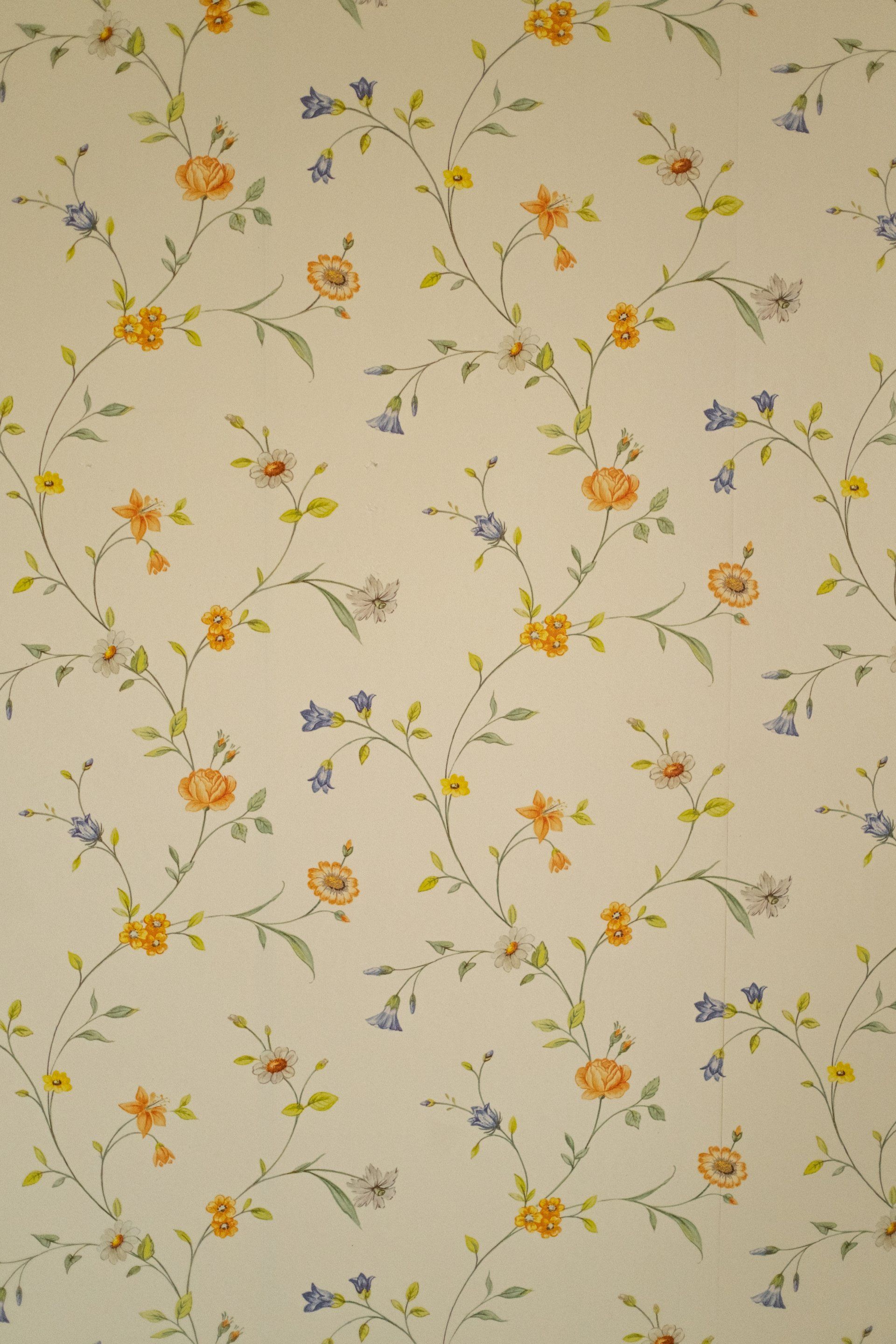
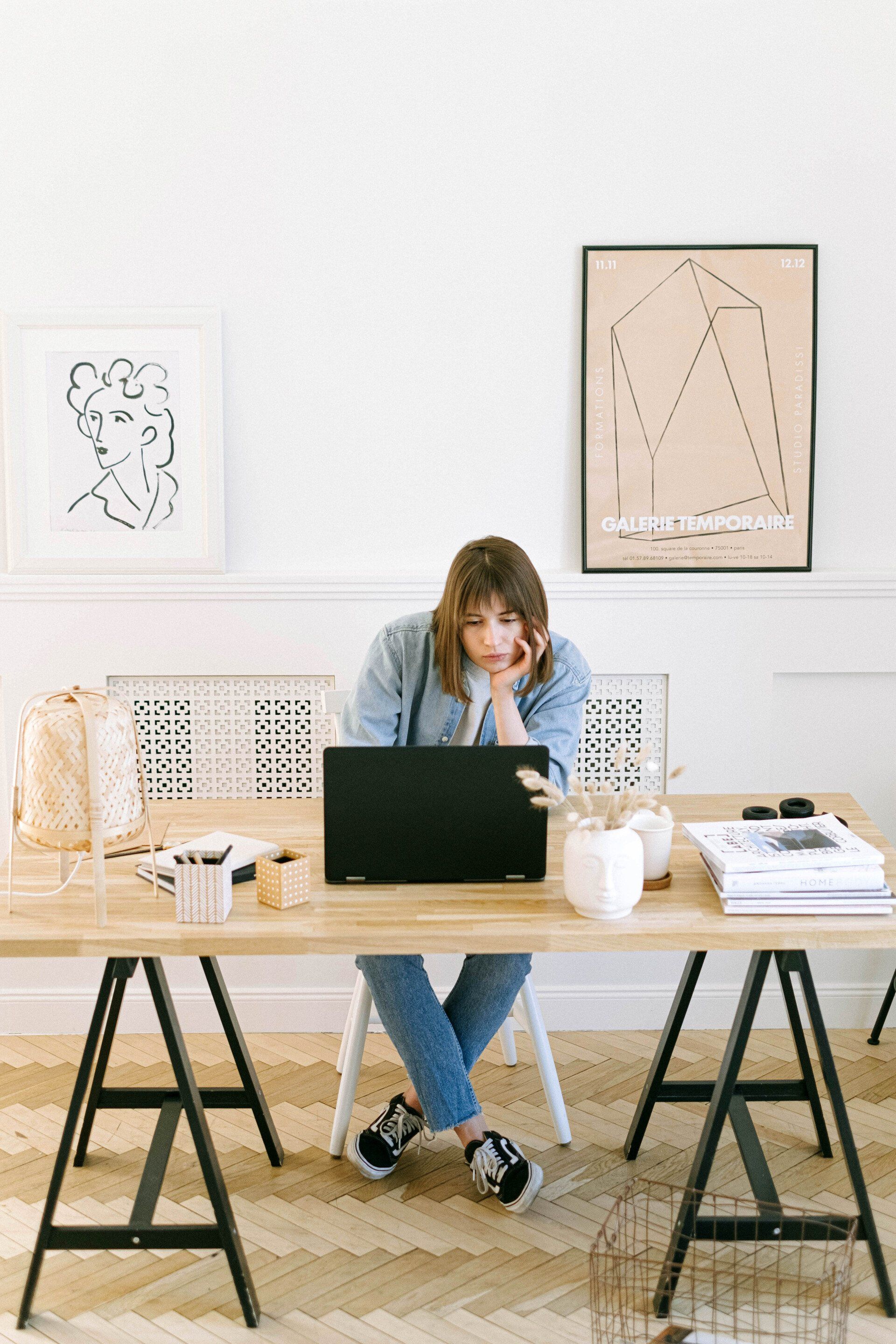
Edmonton Interior Design Savants
Edmonton Interior Design Savants
10250 118 St NW 302 B, Edmonton, AB T5K 1Y5
CONTACT US
2025 All rights Reserved
